I first had the idea for this project a few months ago, i wanted a radio that could play jazz all day and all night in such a way that i could enjoy it well enough without hearing the same song over and over. The real enabling factor for this project was the large online archive that i found made by David W. Niven (Found here: https://archive.org/details/davidwnivenjazz) .
I didn't really want to build an internet radio, i felt like that project was too well laid out and that in the end it'd come down to "put the pi in the box, flash the SD card, and hook up the speakers". I could be wrong about that but there seems to be a fair bit of support for ready-made solutions such as MPC Radio.
I wanted to go my own route, and do something that i haven't seen done before. I know that in the end what I've created is basically a fancy MP3 player, but its something i'm incredibly happy with and which frees me from the external working condition of having an internet connection. The Radio is beautiful and it works fantastically, i cannot be happier with how this project turned out. Take a look through the project logs and see how i did it at each stage, i put a lot of time into recording this project so i hope that you enjoy it!
I'm just going to include some questions that I've been asked by friends when they saw the project either in progress or completed, hopefully this saves at least one person from making a comment.
Q: How's the audio quality? the videos that were posted seem to be a bit lacking.
the quality is about as good as its going to get, the audio circuit and the speakers work fantastically, unfortunately the archive that i got all the music from is actually an archive of old cassette tapes which contain recordings made between 1920 and 1990, there's very little extra that i can do to reduce the noise in the sound. I knew this would happen and i'm not unhappy about it, i chose to restore an old radio purposely because i thought it would make the entire project feel more authentic, and it did. I genuinely believe that someone walking into the room, who saw this radio, would think nothing of the audio quality due to the design of the radio itself.
Q: did the radio work when you got it?
it did not, i picked the radio up on ebay for $50 in an auction, it was found in the attic of a house which was sold. When i got it and removed the guts so that i could begin restoring it i found that it had for the most part rotted away. Many of the wires were cracking and falling apart, not to mention that whatever was originally powering this thing was gone.
 Matthew James Bellafaire
Matthew James Bellafaire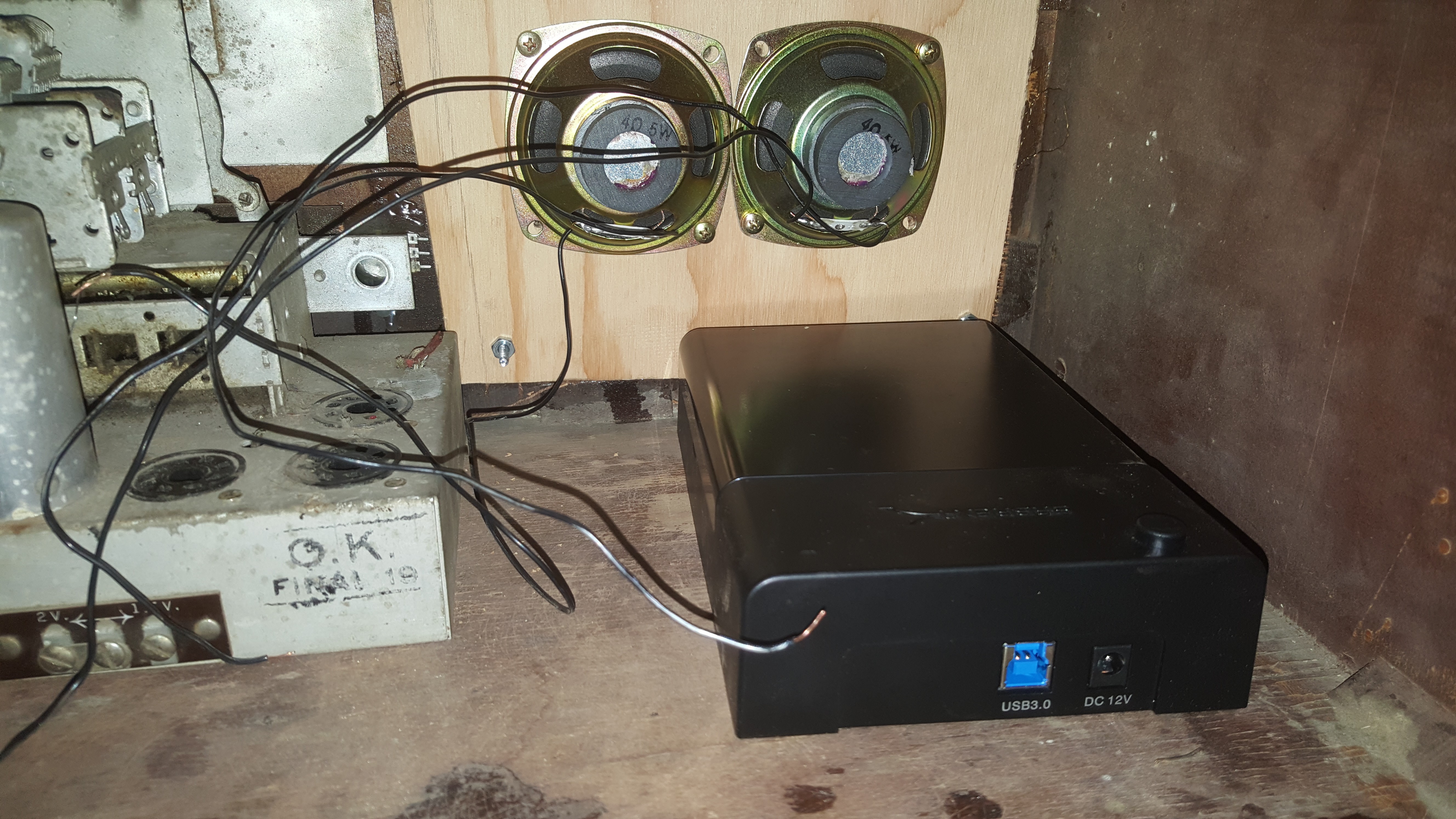
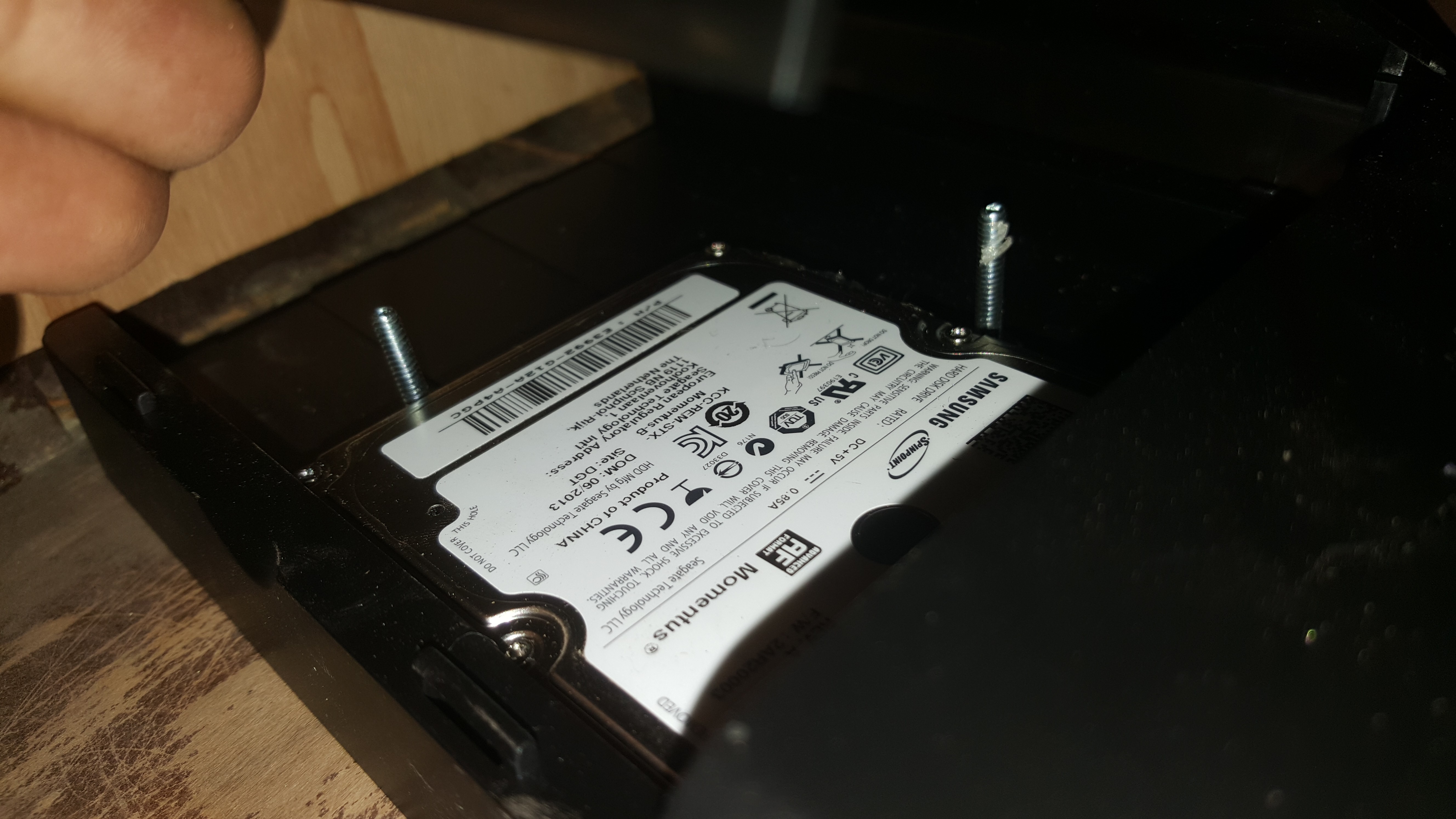
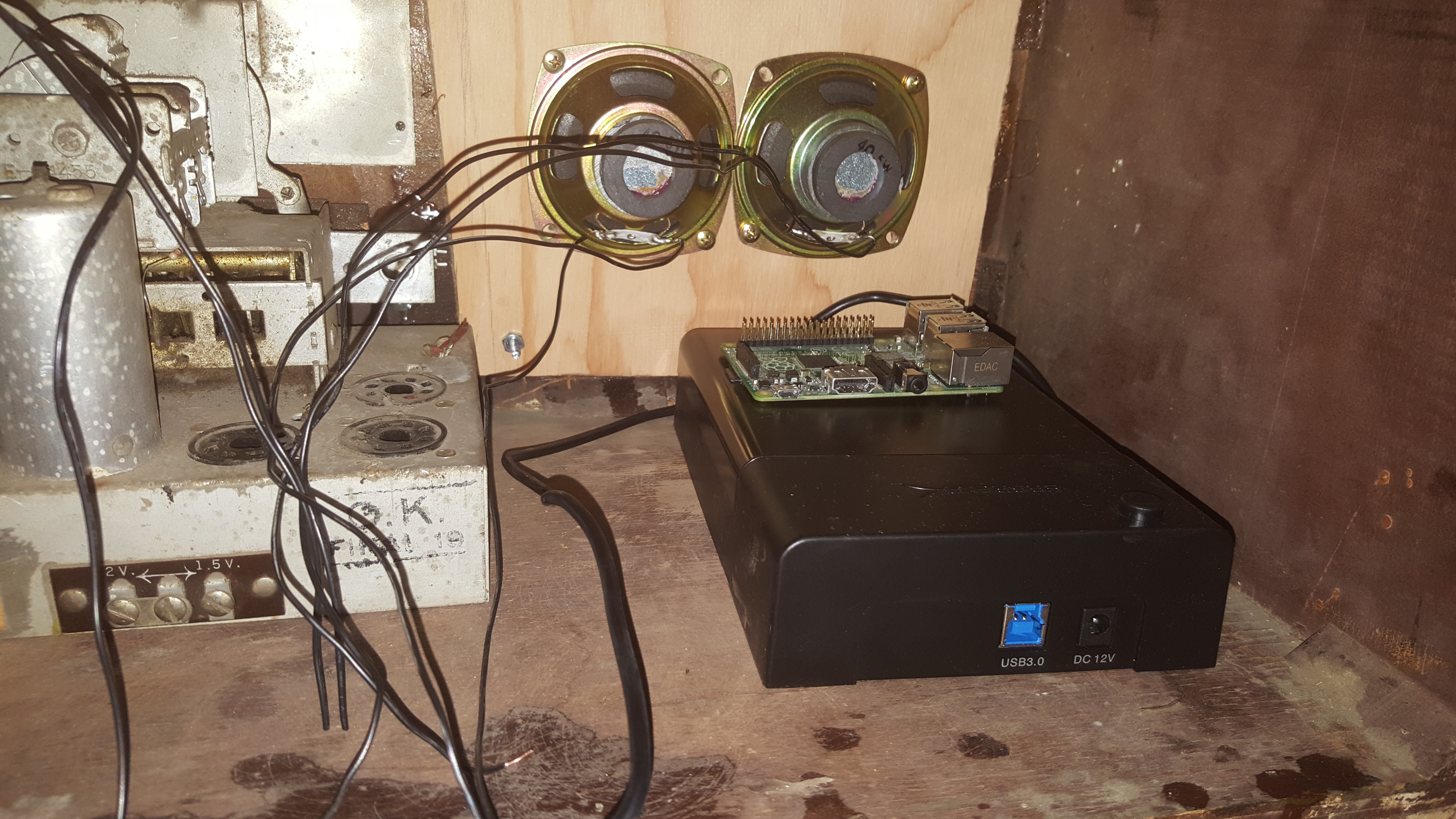
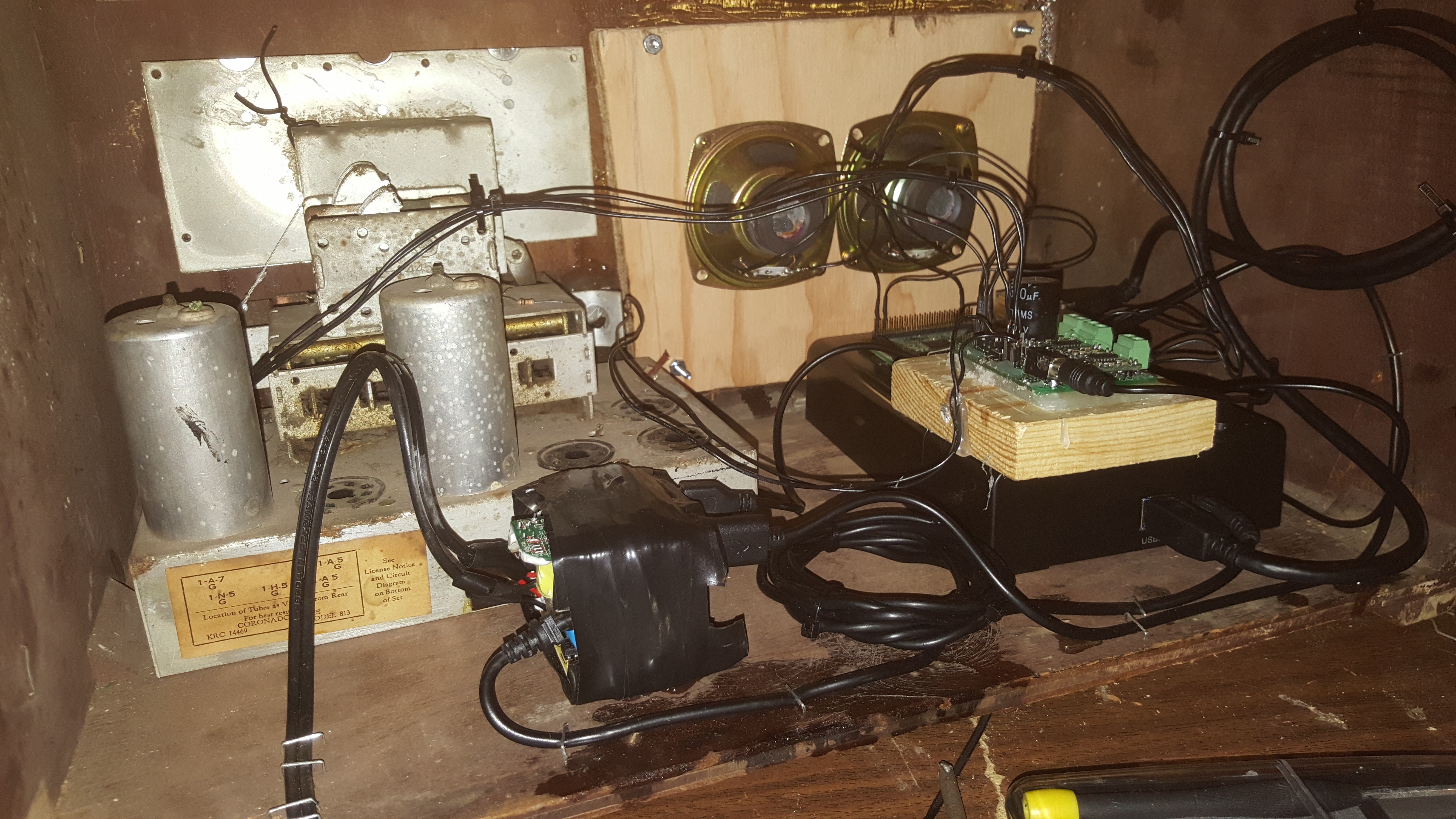
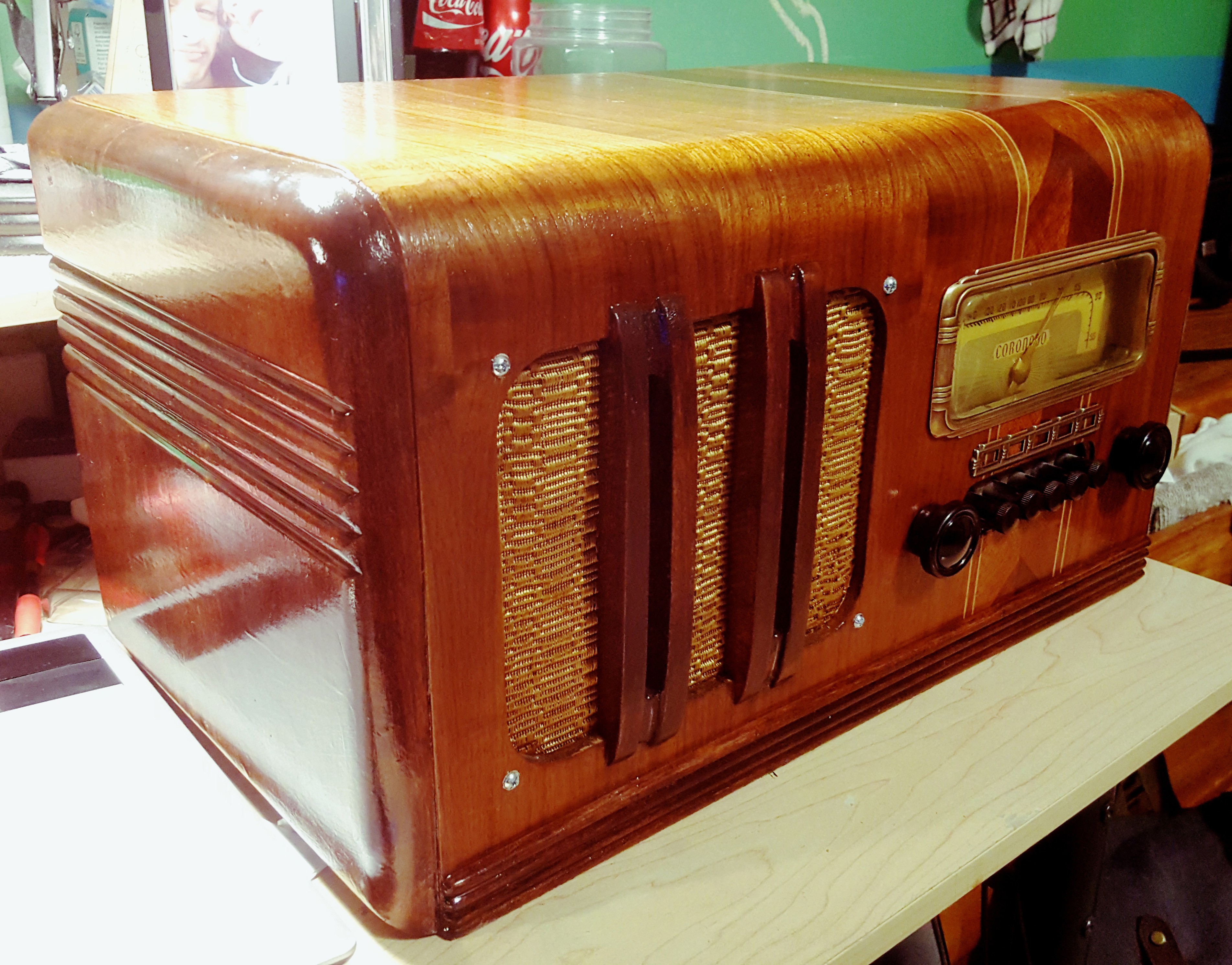
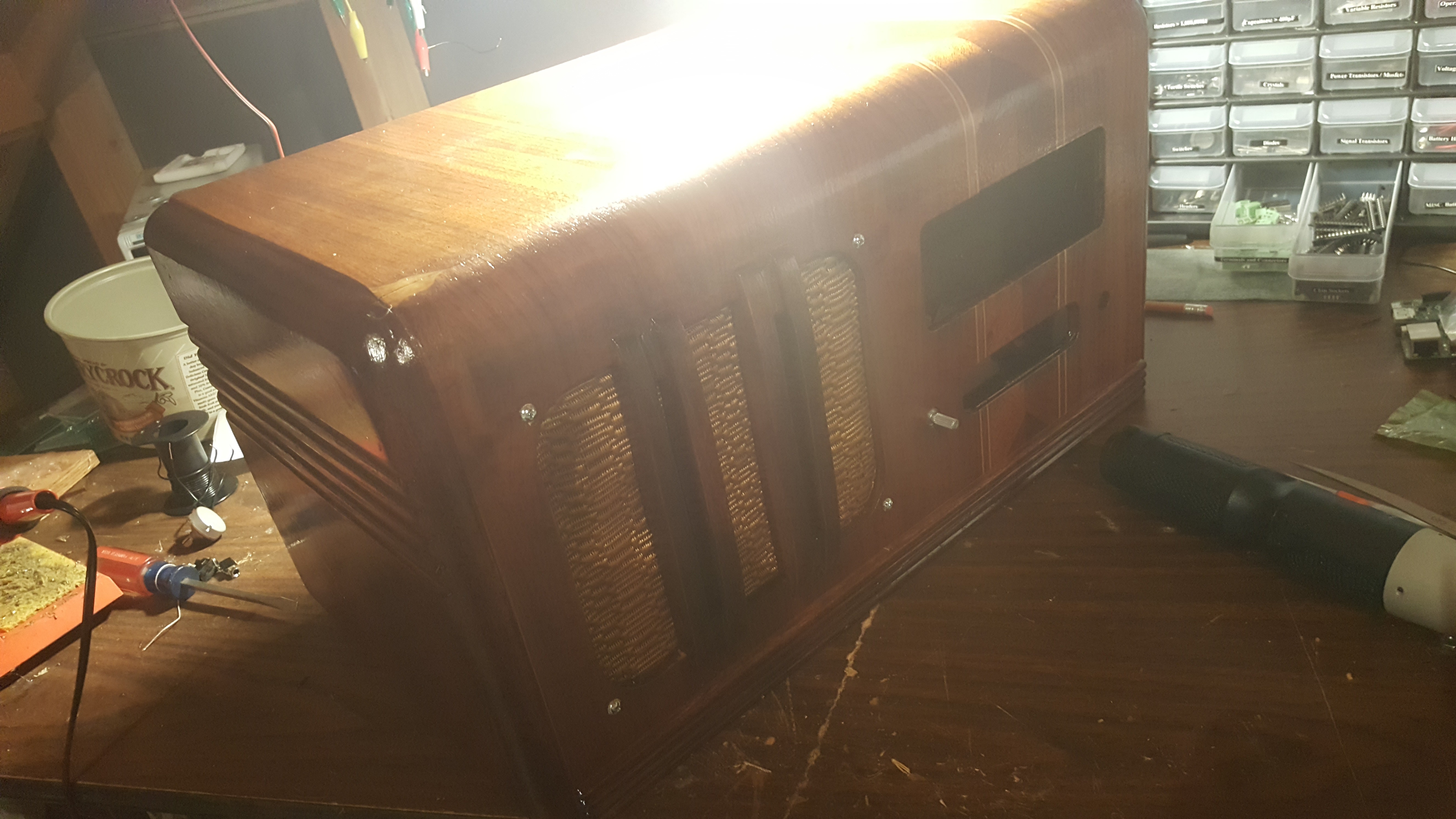
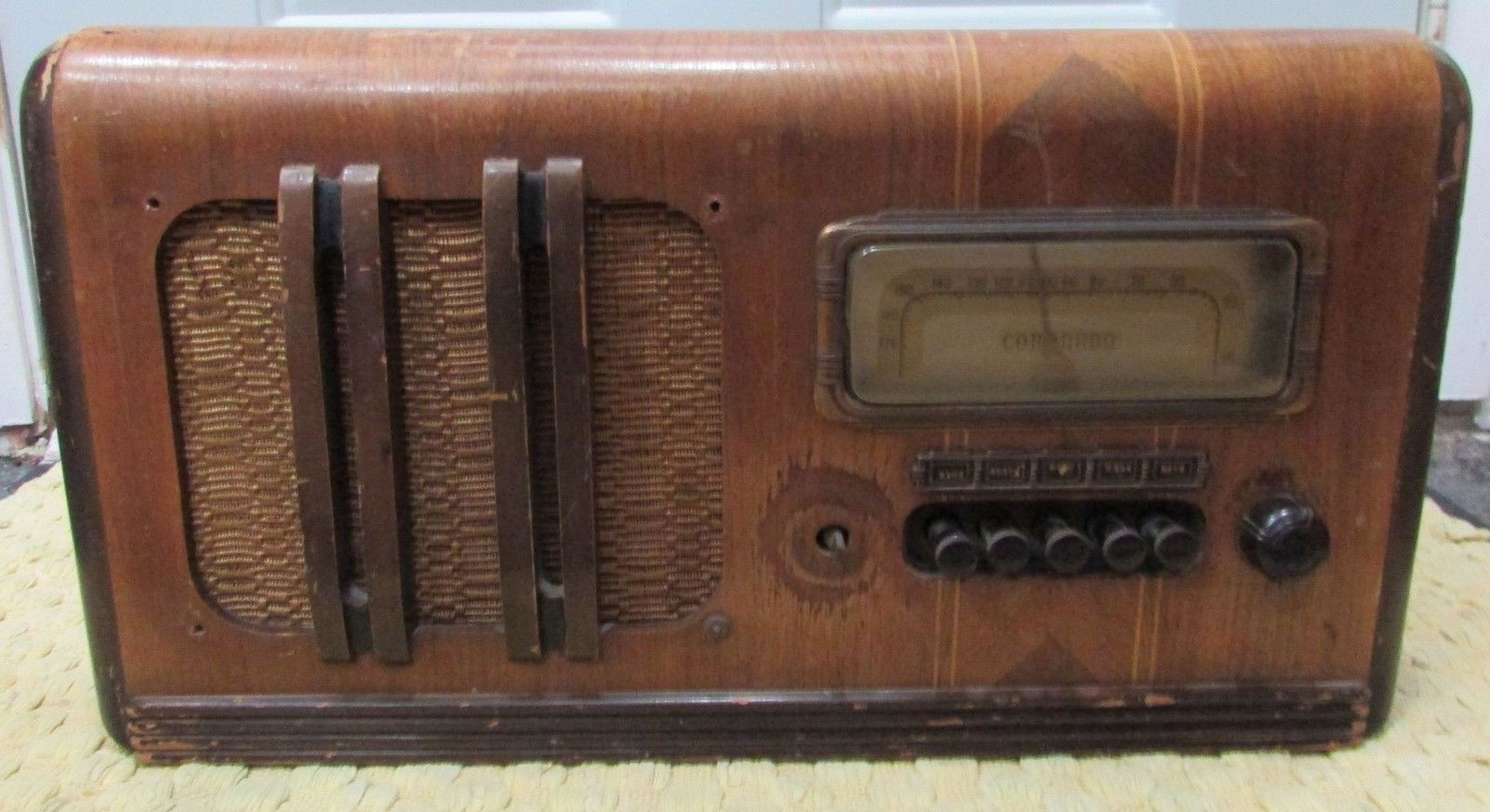
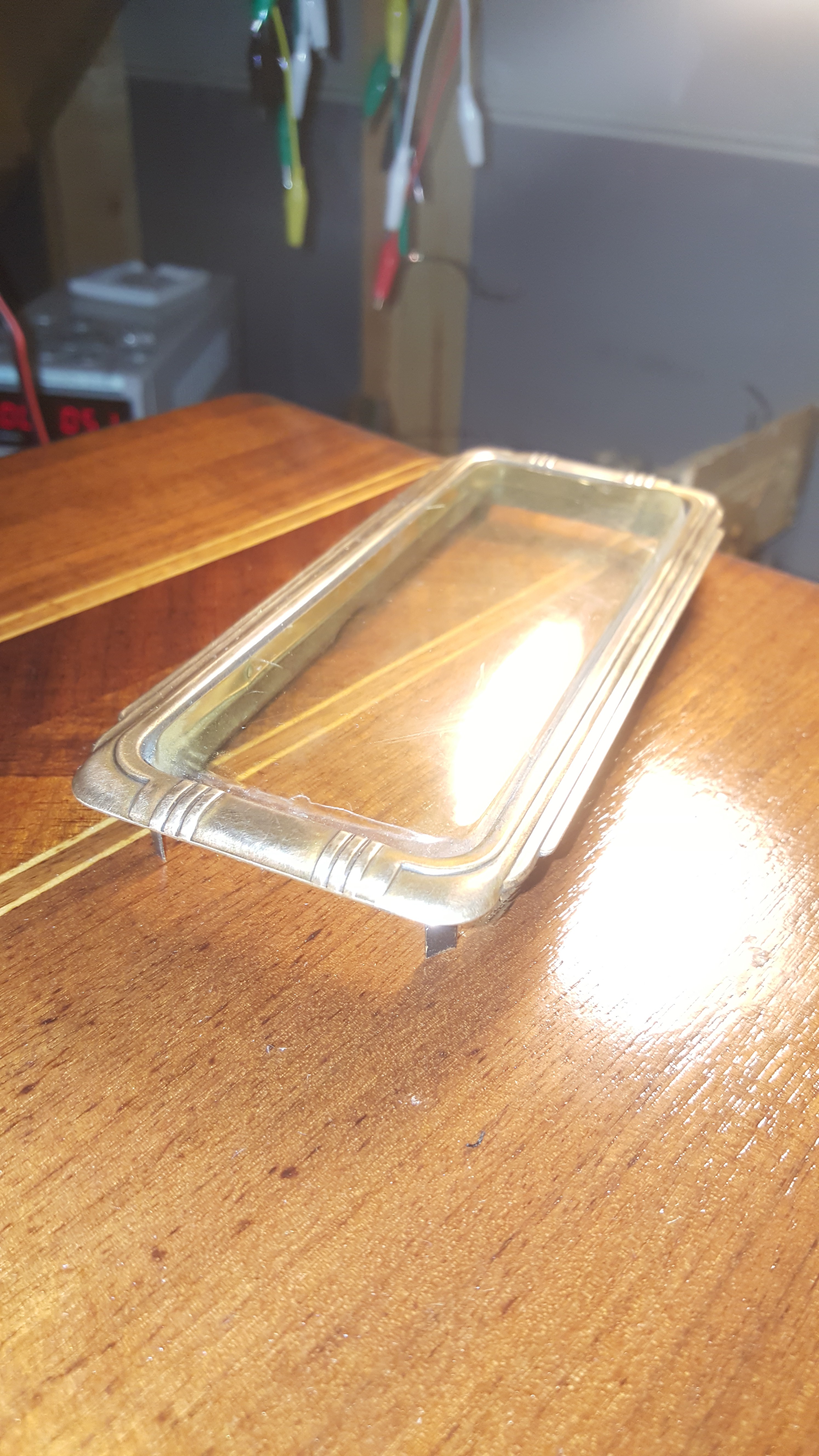 i managed to restore the first trim pretty well using some steel wool and headlight cleaning compound, i think that's as close as i'm going to get it to brand new. some high grit sandpaper would probably give it a nicer finish and even get more crud out, but given the thickness of this brass i don't want to make it weaker than it already is.
i managed to restore the first trim pretty well using some steel wool and headlight cleaning compound, i think that's as close as i'm going to get it to brand new. some high grit sandpaper would probably give it a nicer finish and even get more crud out, but given the thickness of this brass i don't want to make it weaker than it already is. 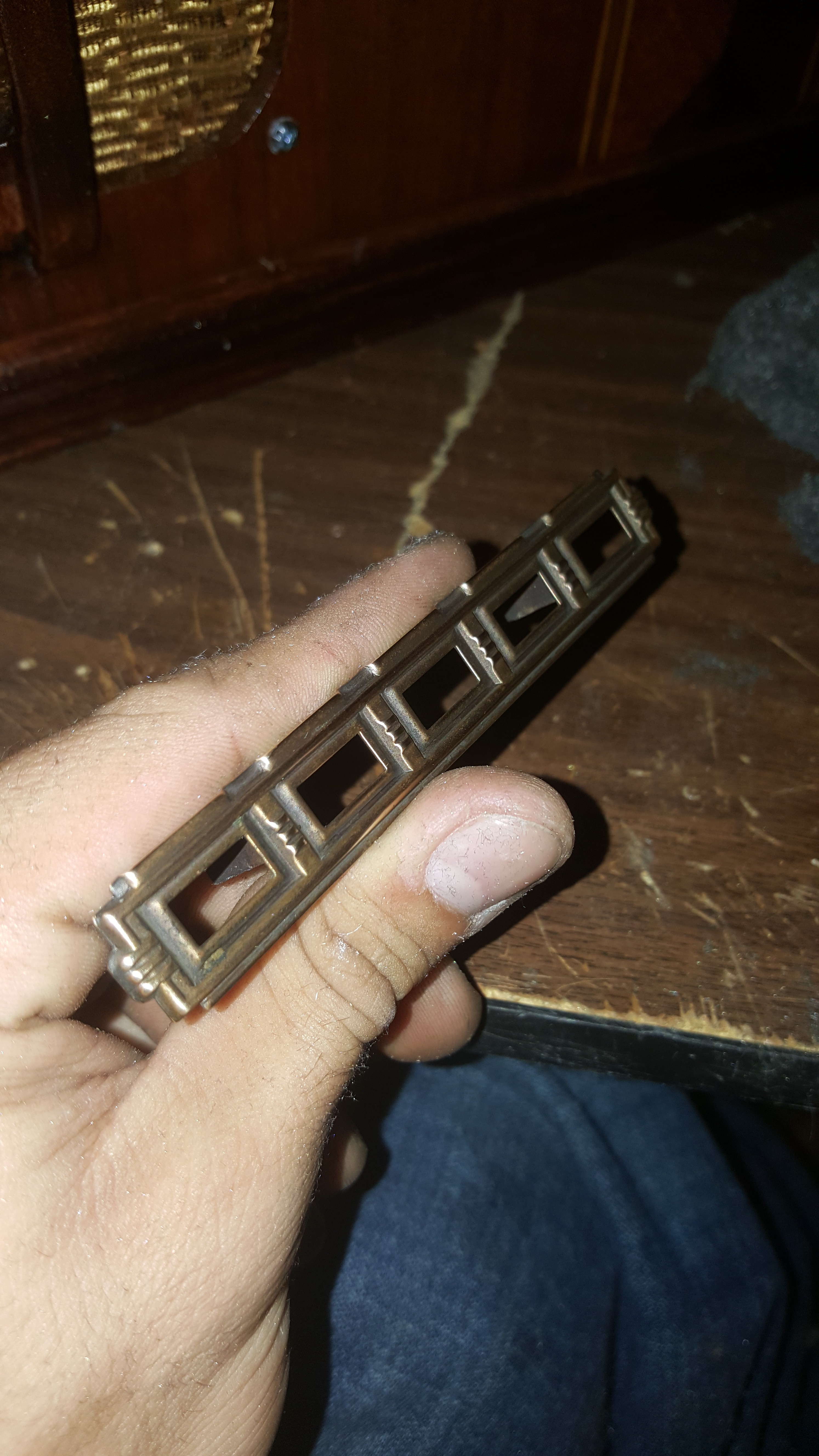
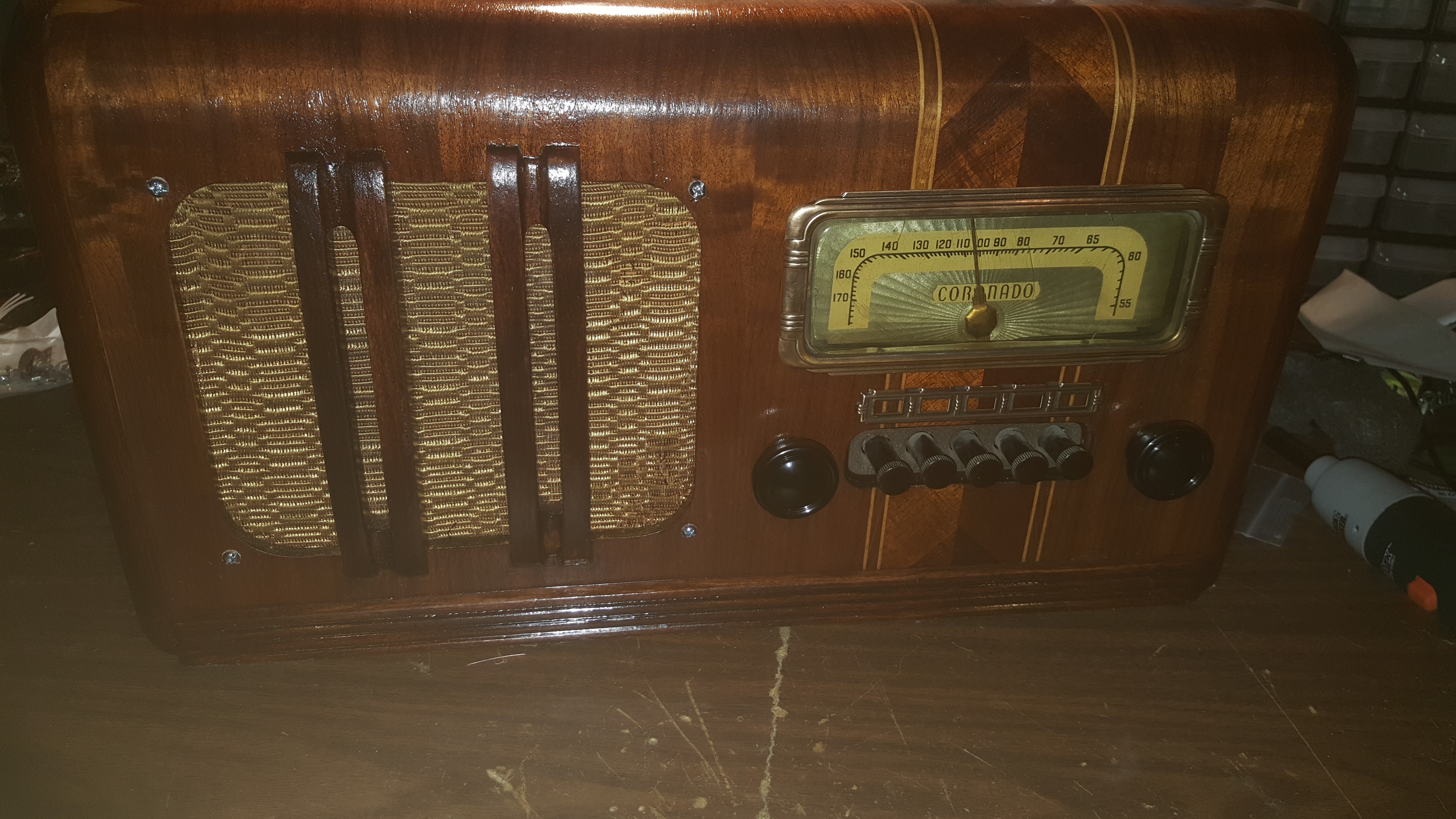
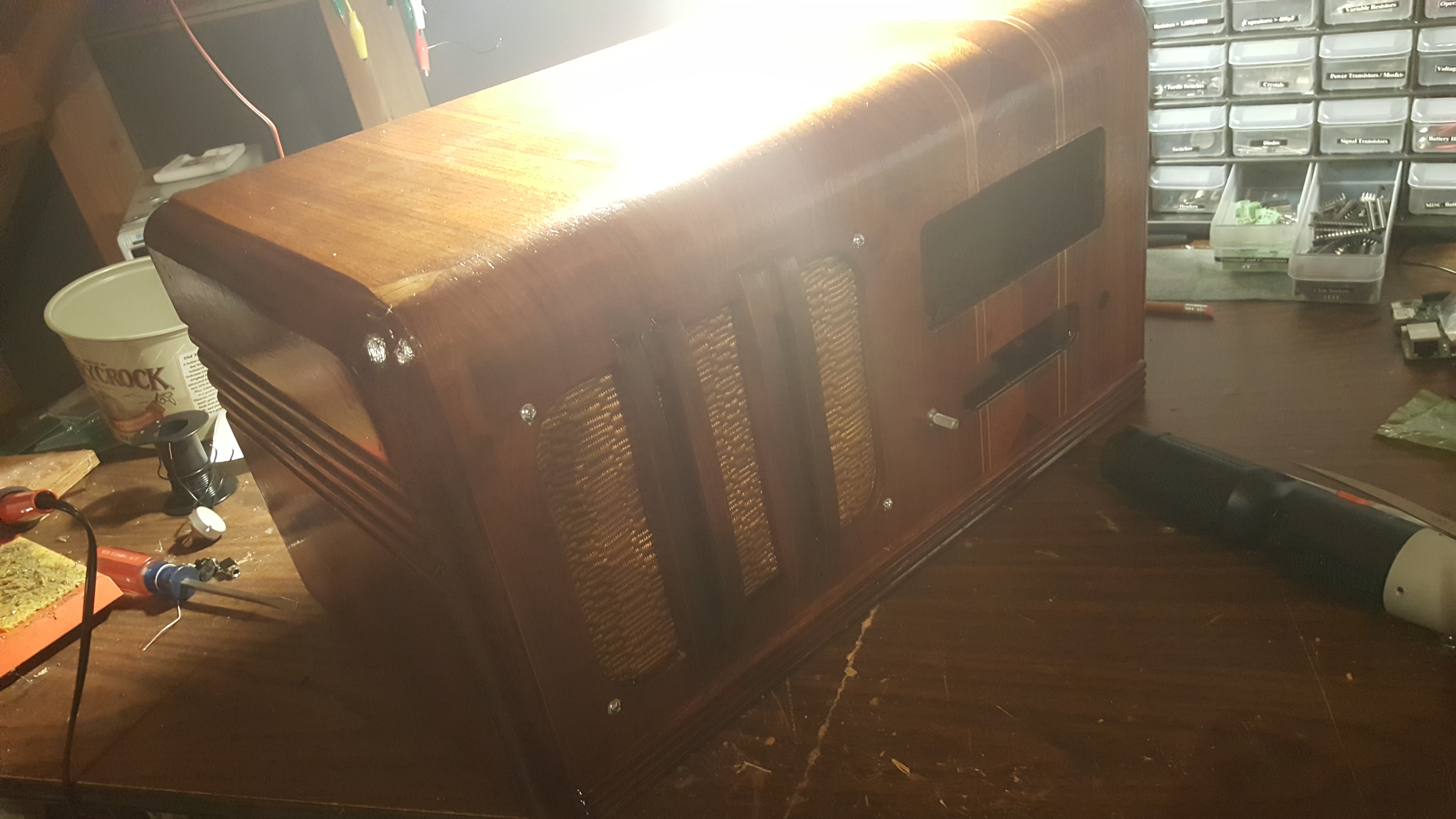
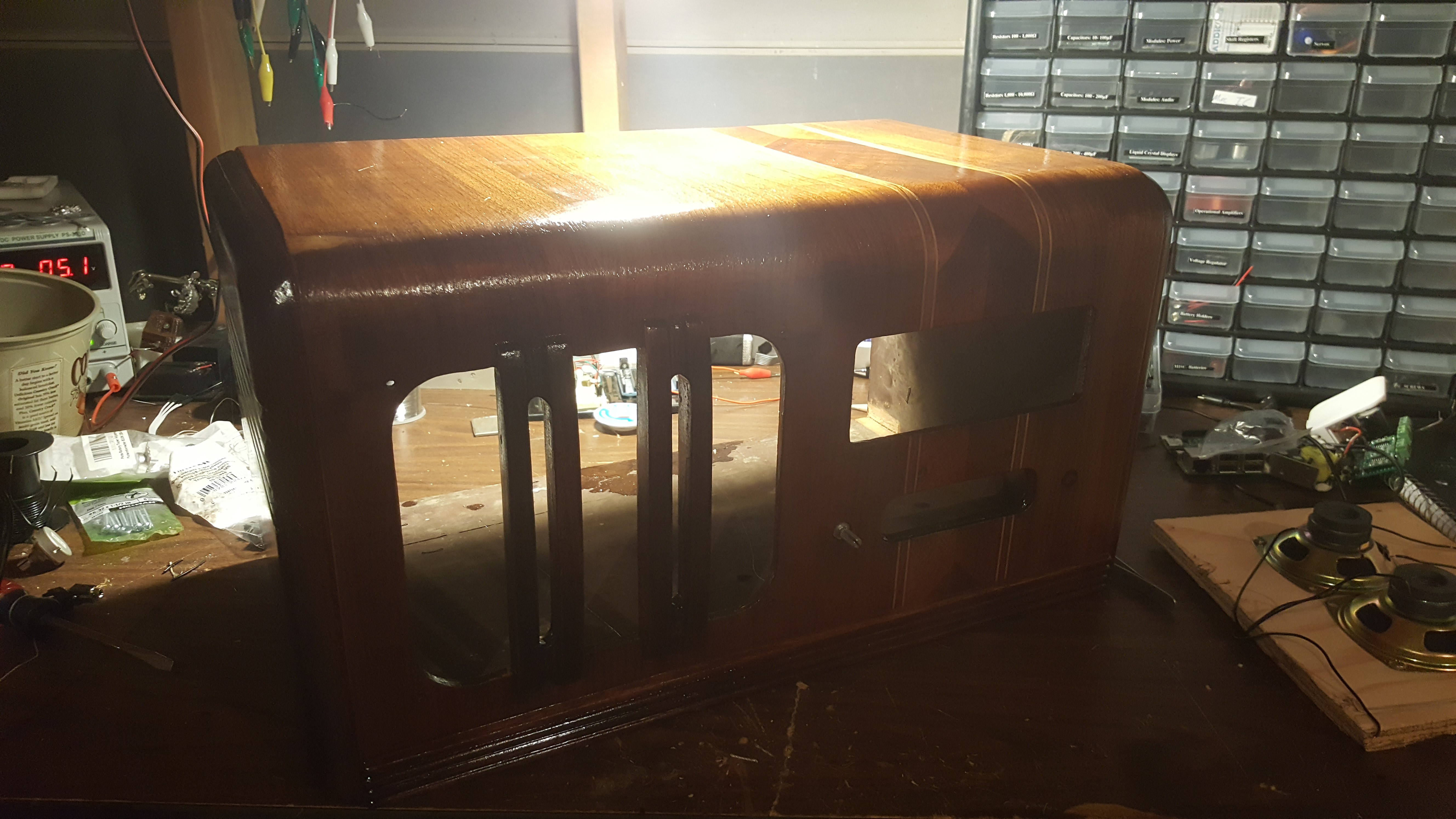
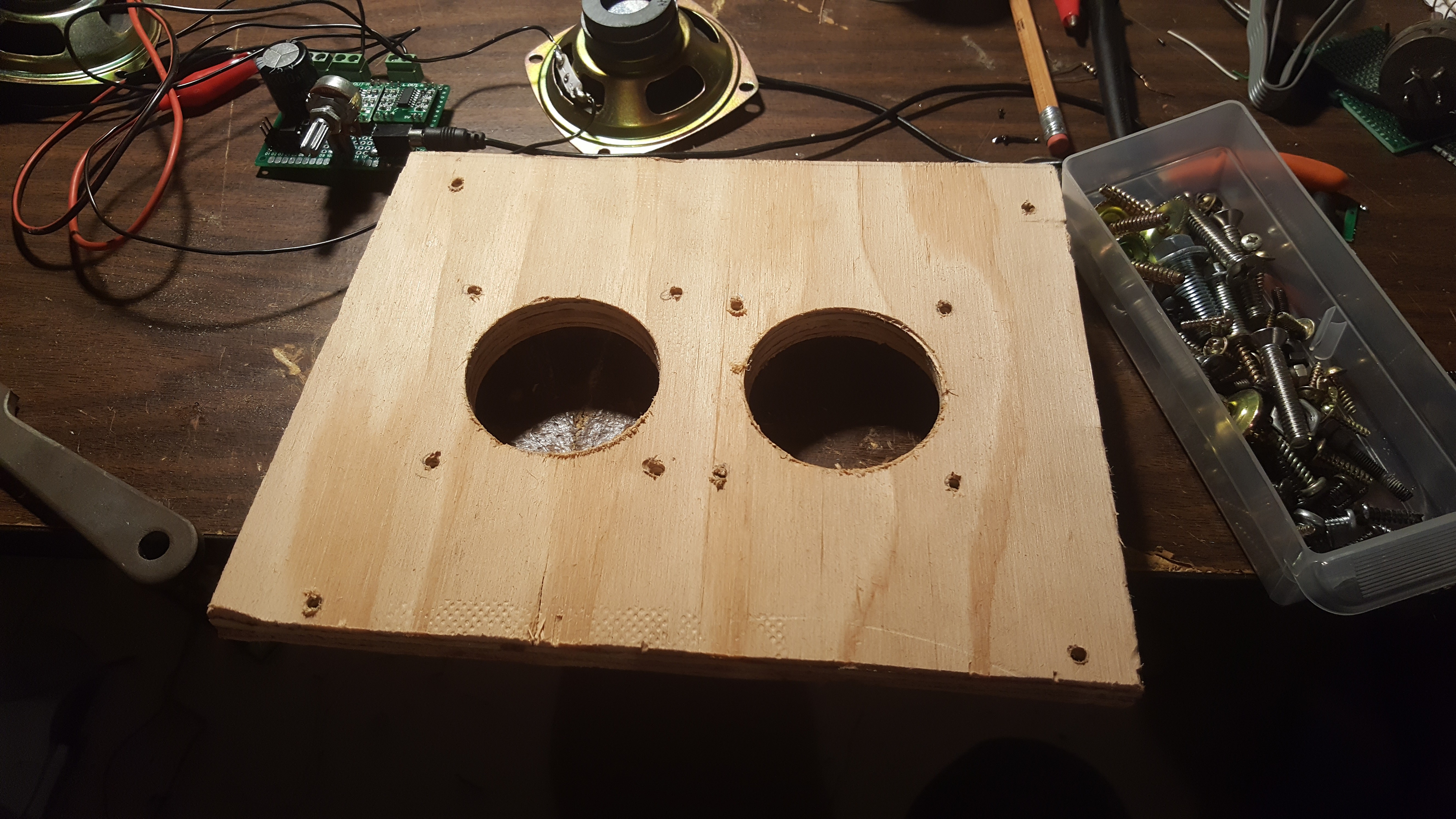
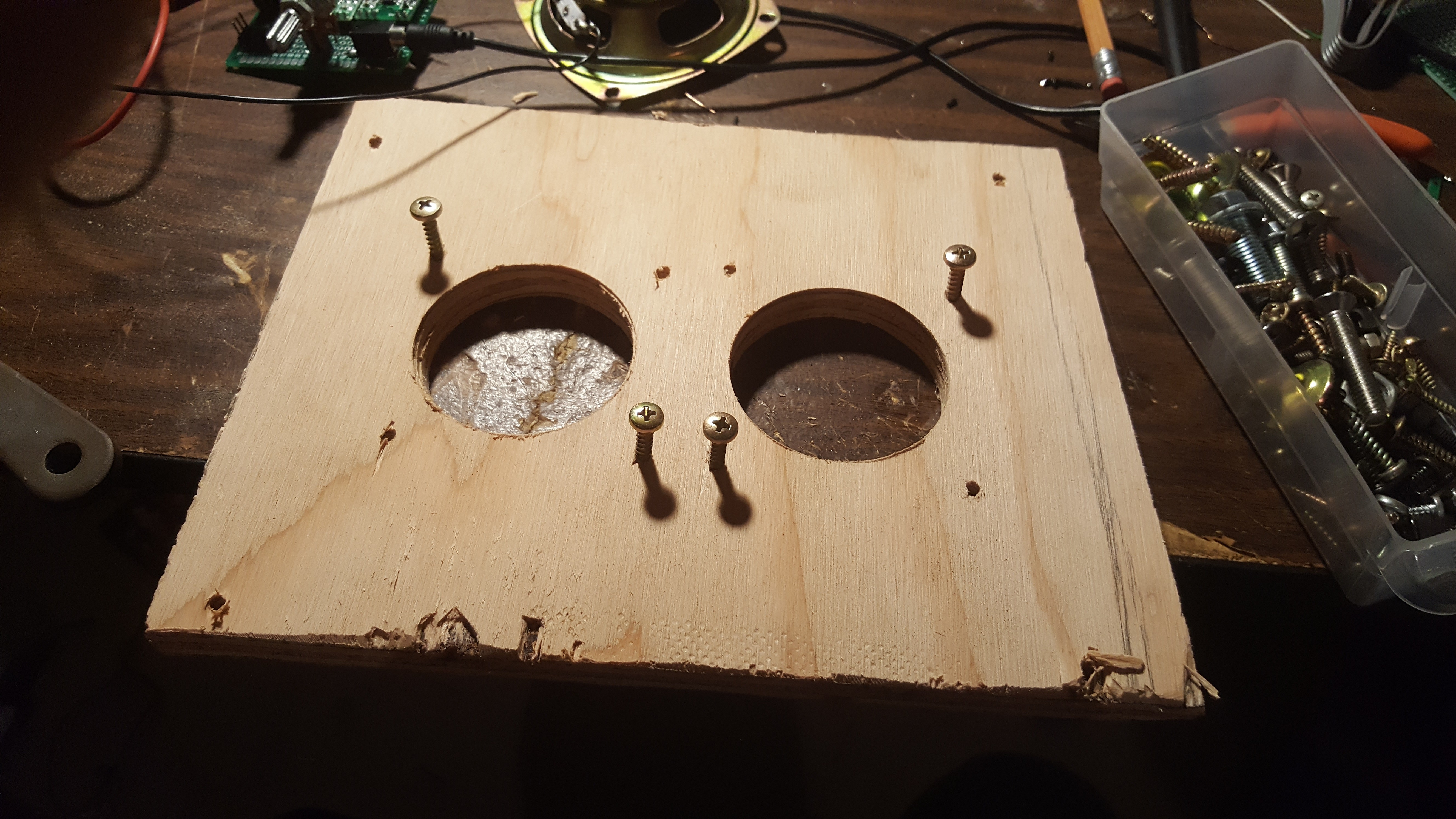
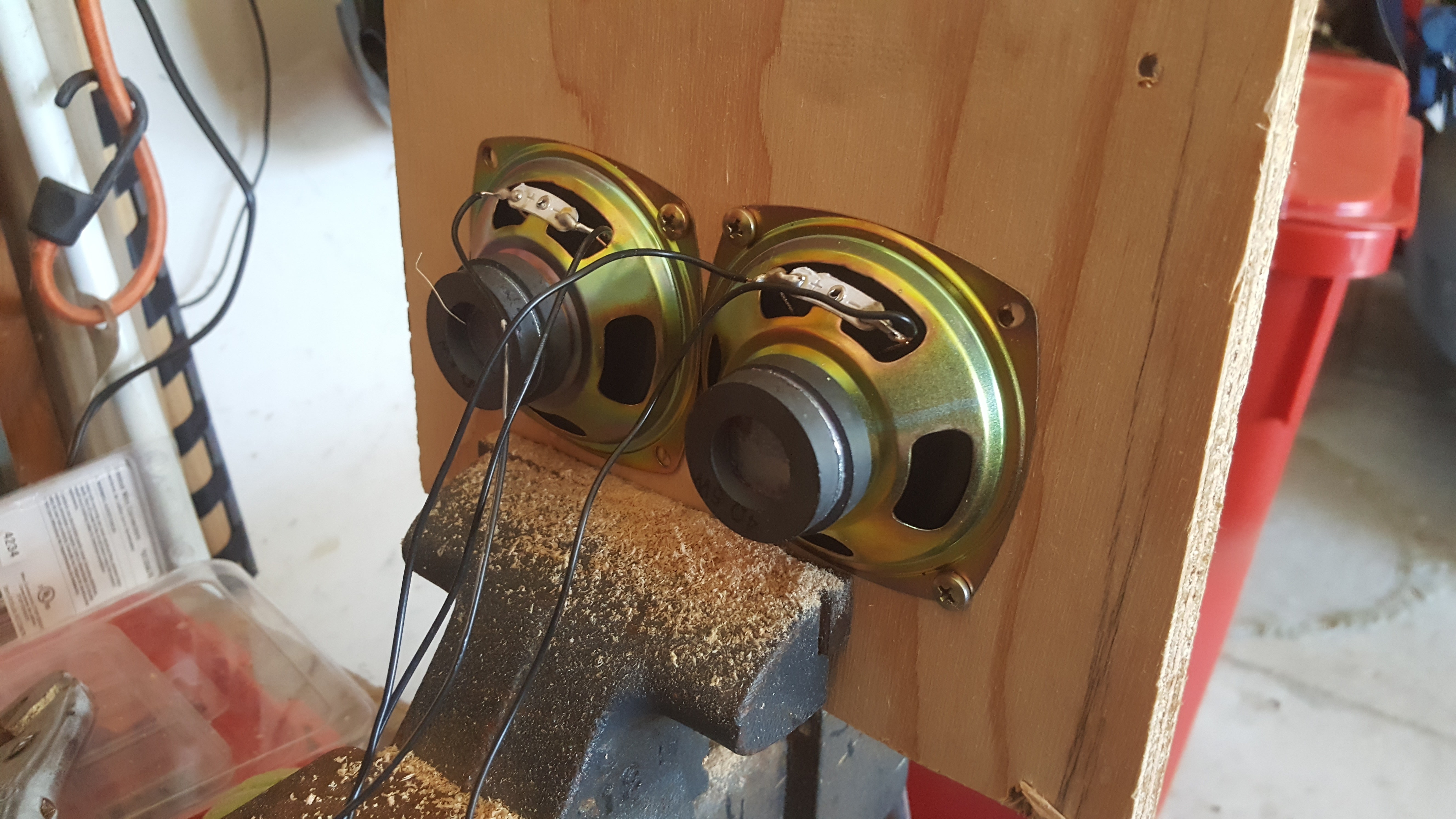
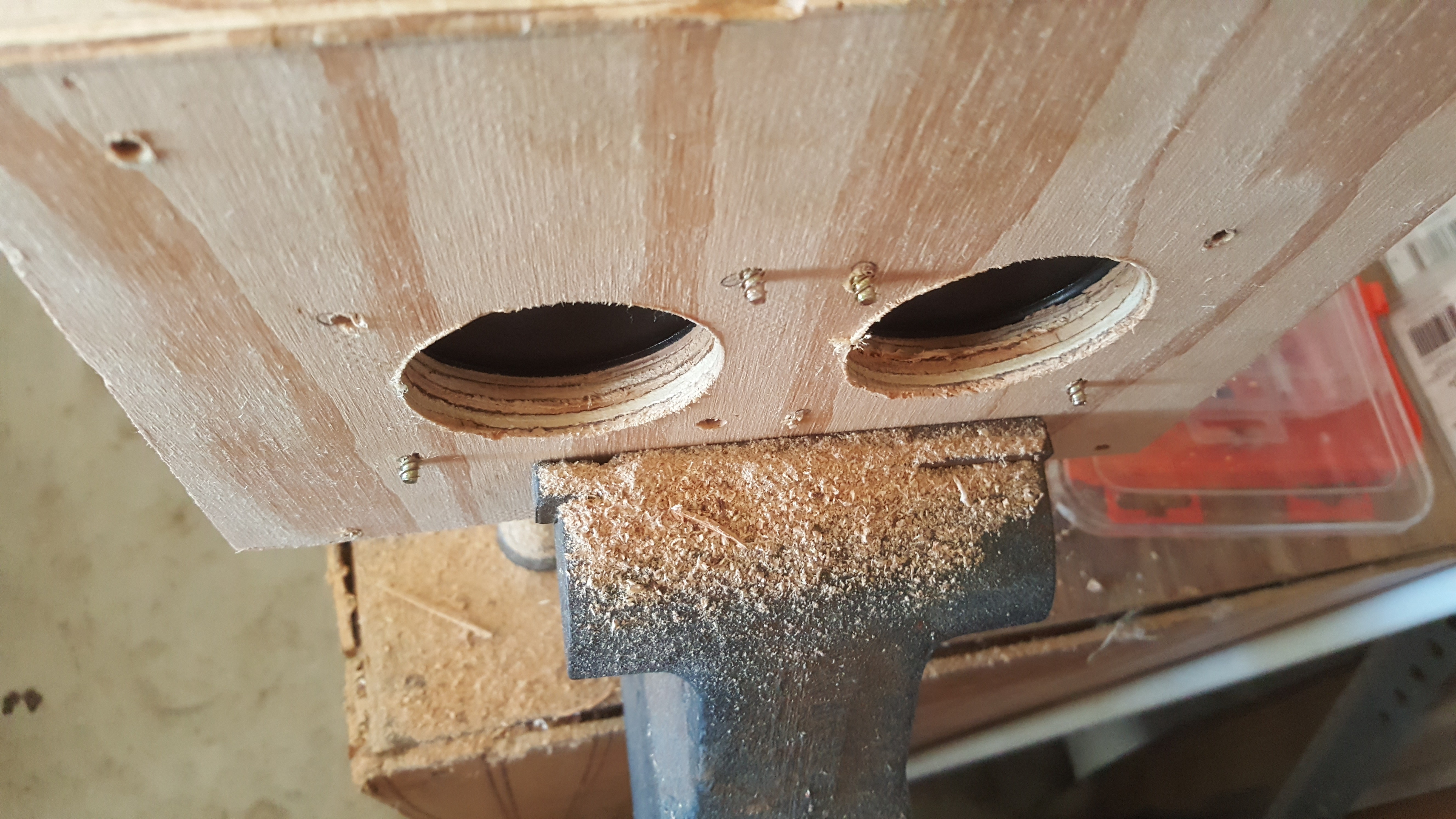 the only thing left to do on the speaker assembly was to flatten these screws which would definitely poke holes in the grill cloth.
the only thing left to do on the speaker assembly was to flatten these screws which would definitely poke holes in the grill cloth. 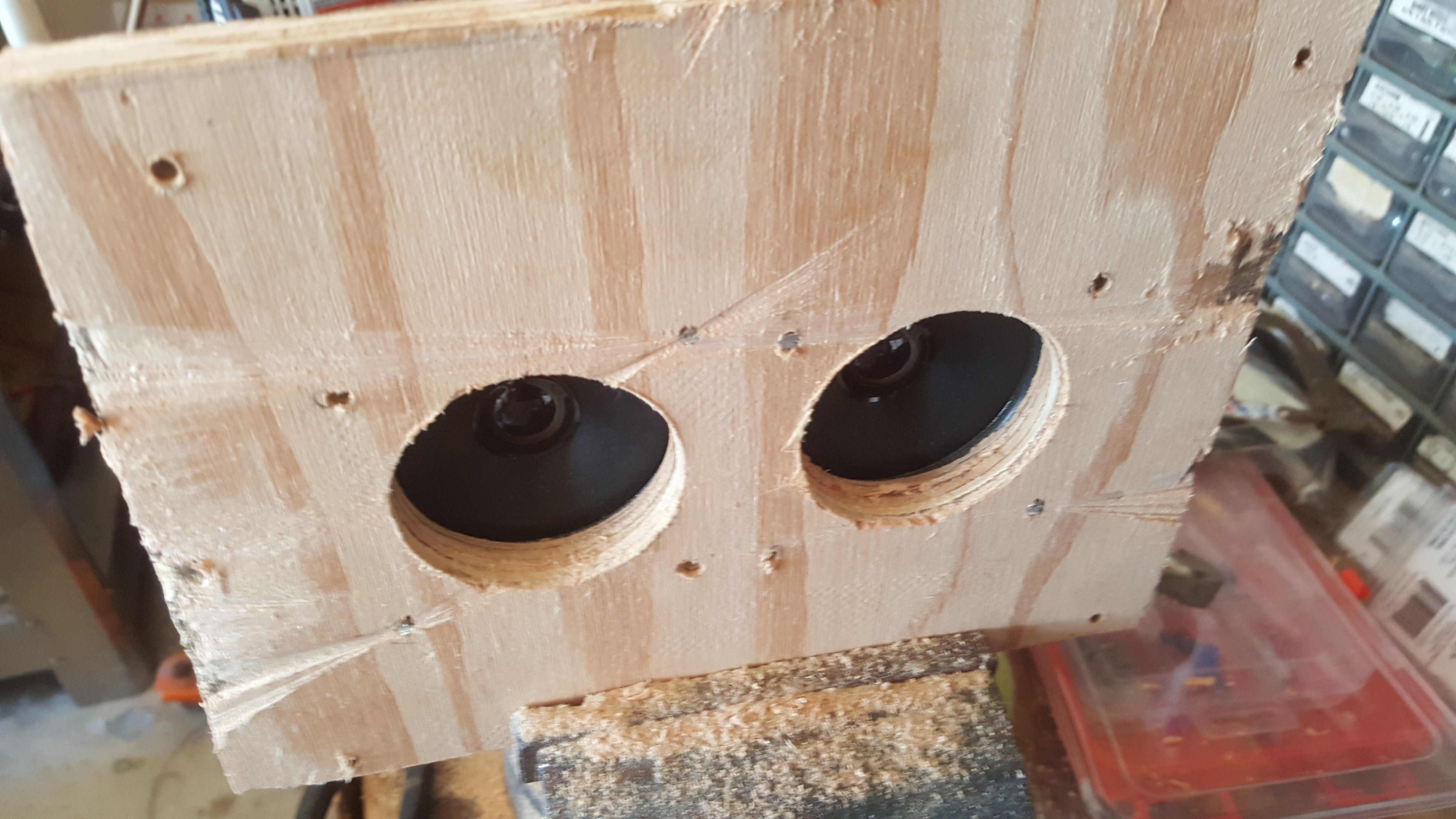
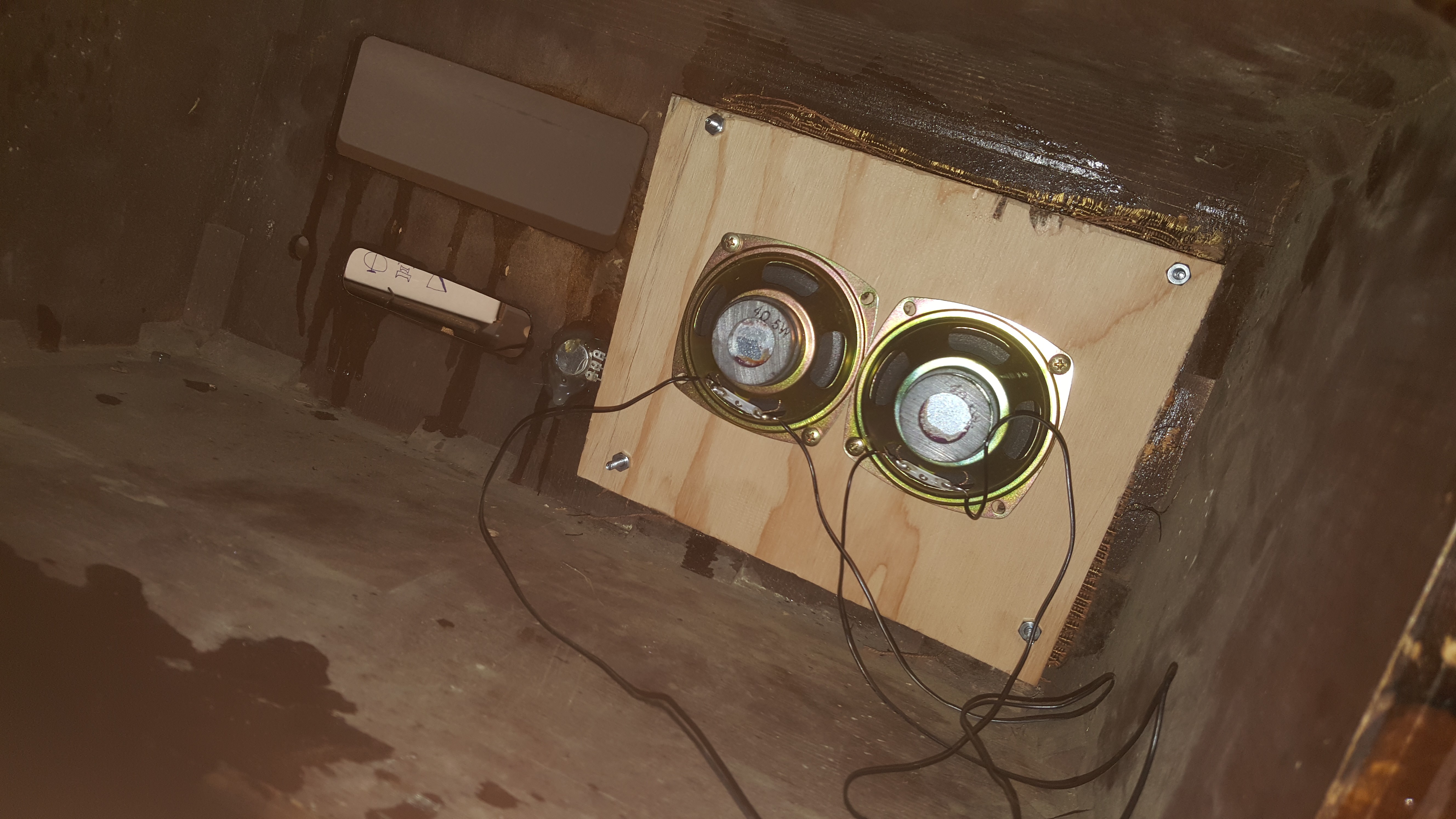
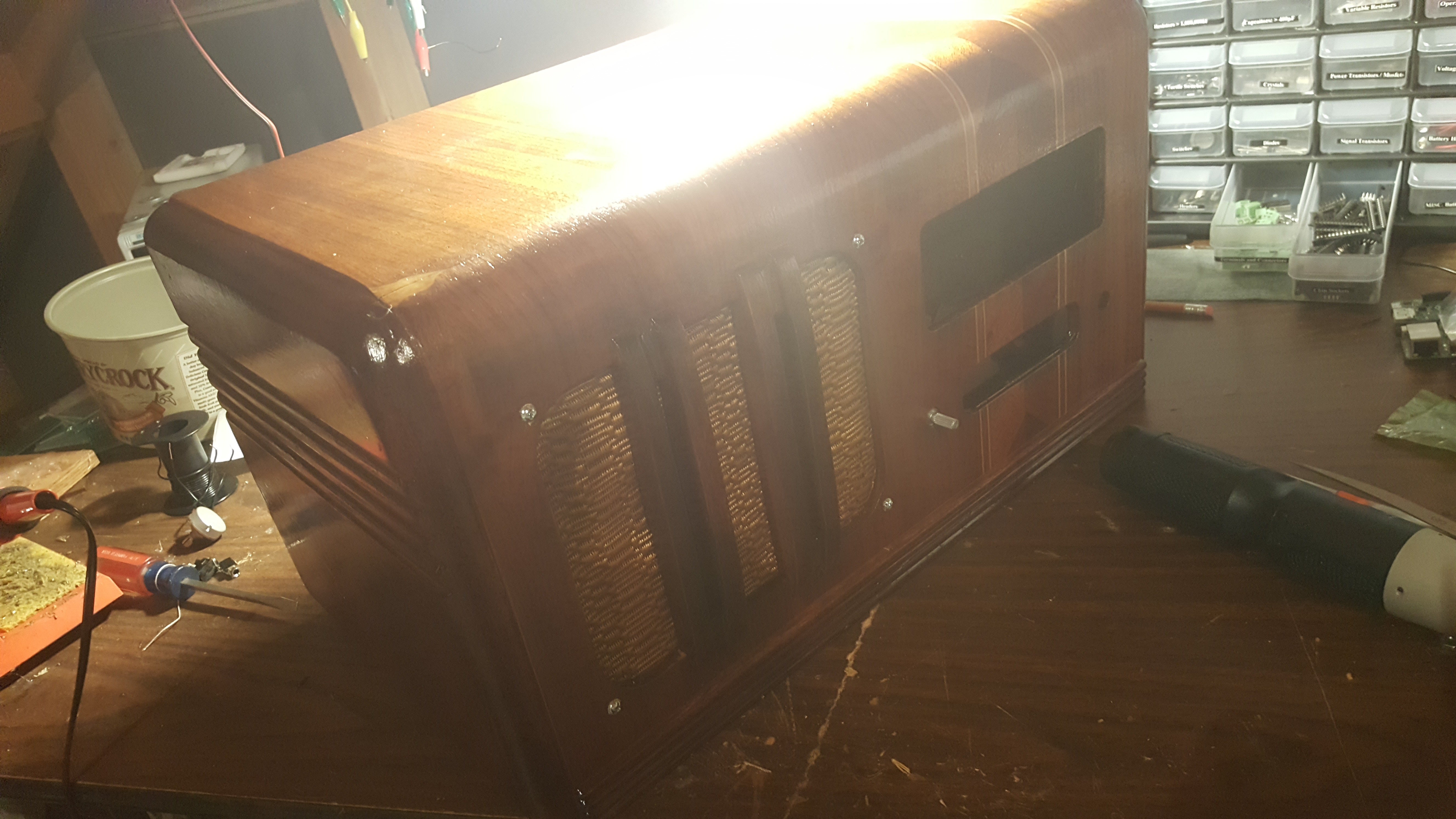 Everything came together pretty well, the grill cloth is both supported and held in by the plywood to its back and both the speakers are held in tight. in the next log i'll go over some of the smaller restorations i made to the front.
Everything came together pretty well, the grill cloth is both supported and held in by the plywood to its back and both the speakers are held in tight. in the next log i'll go over some of the smaller restorations i made to the front. 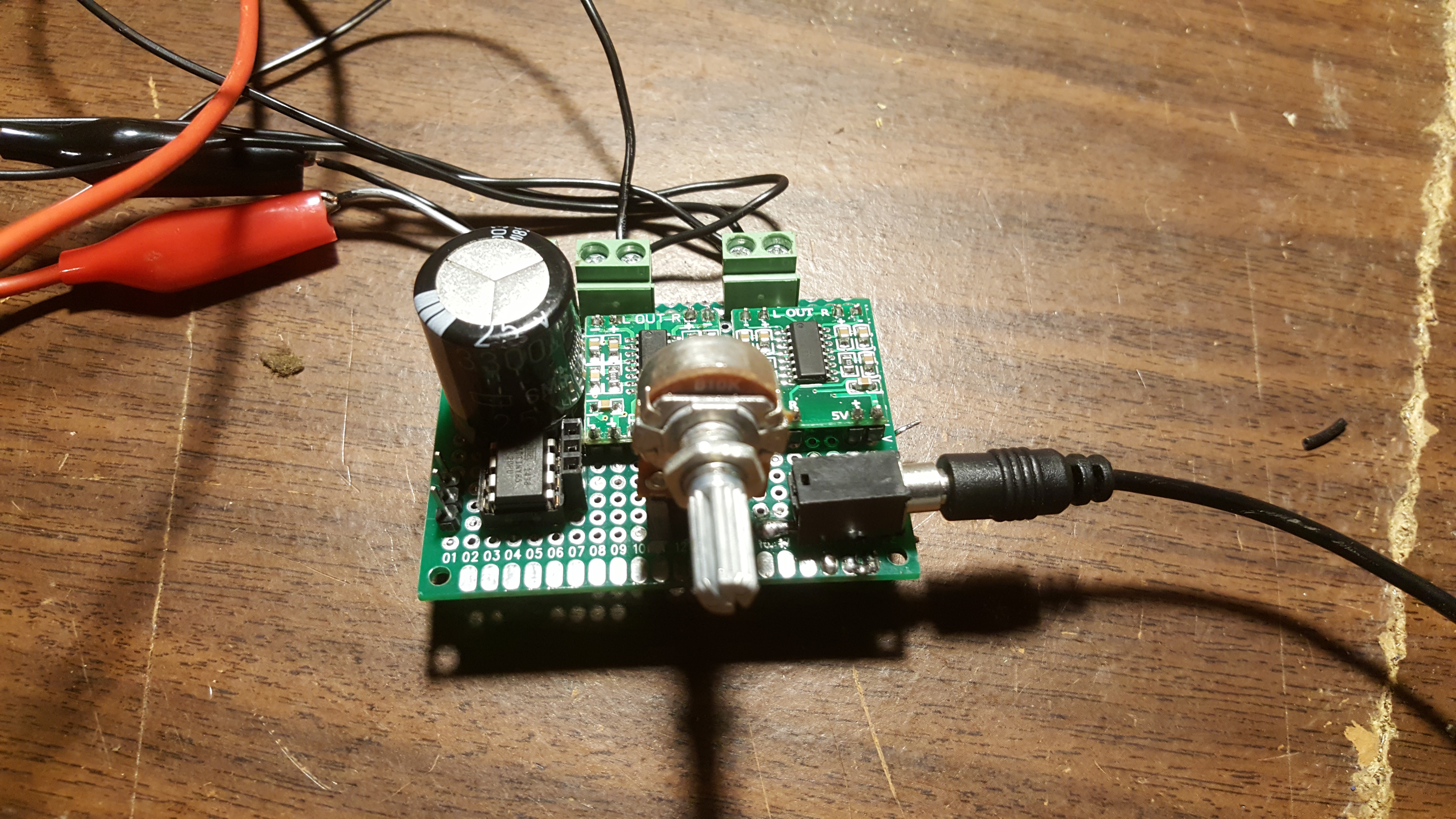
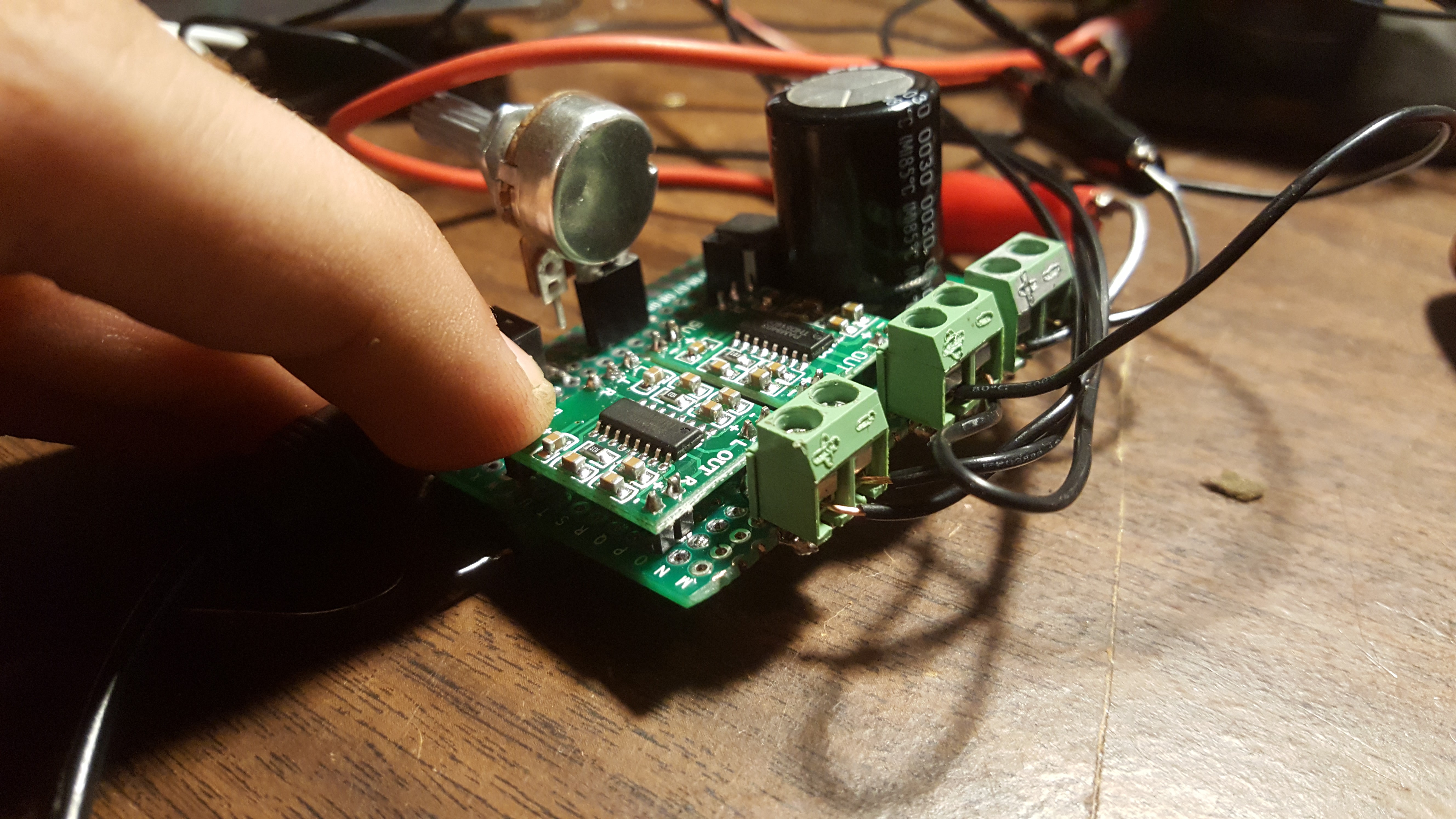
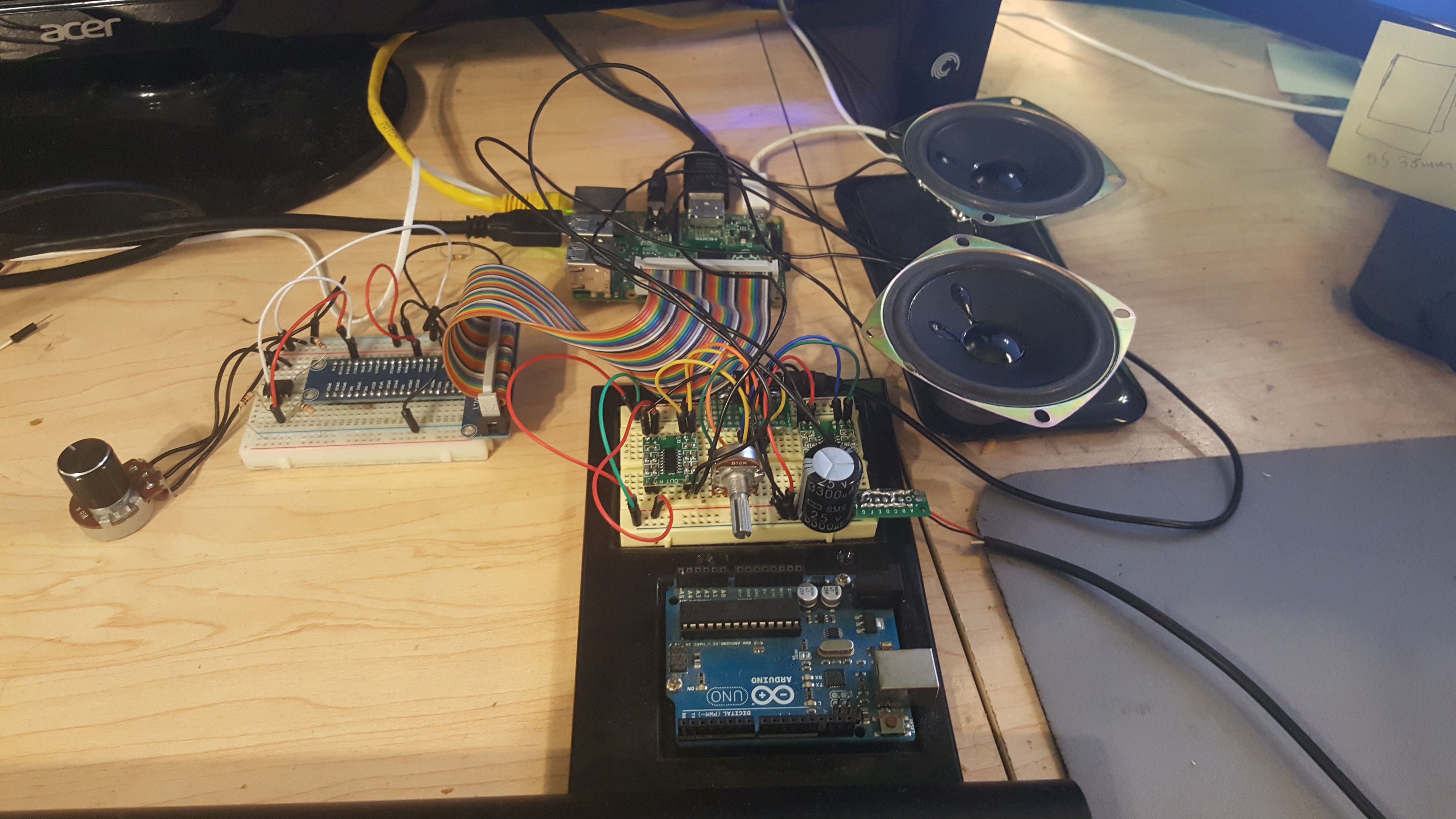
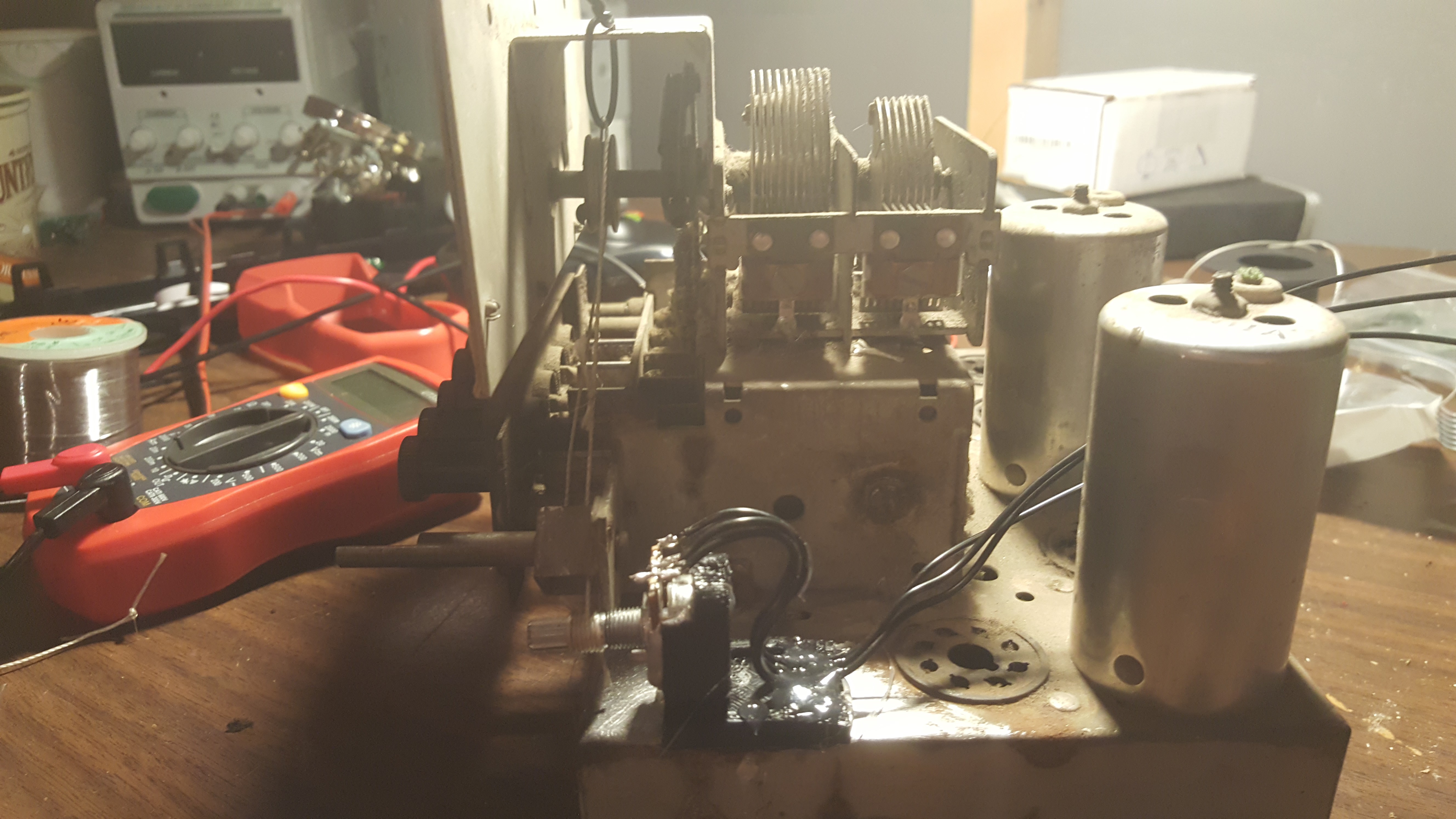
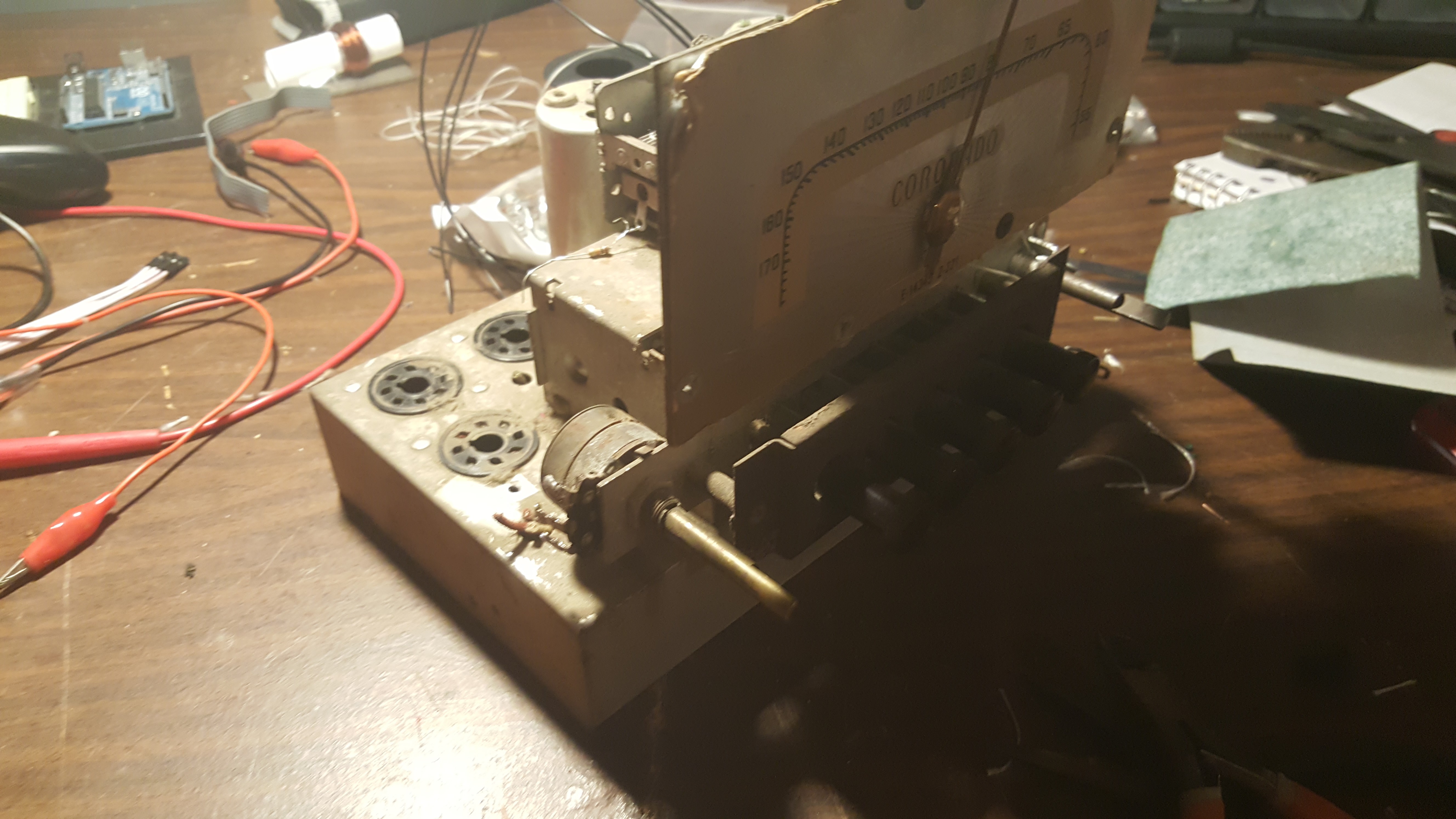
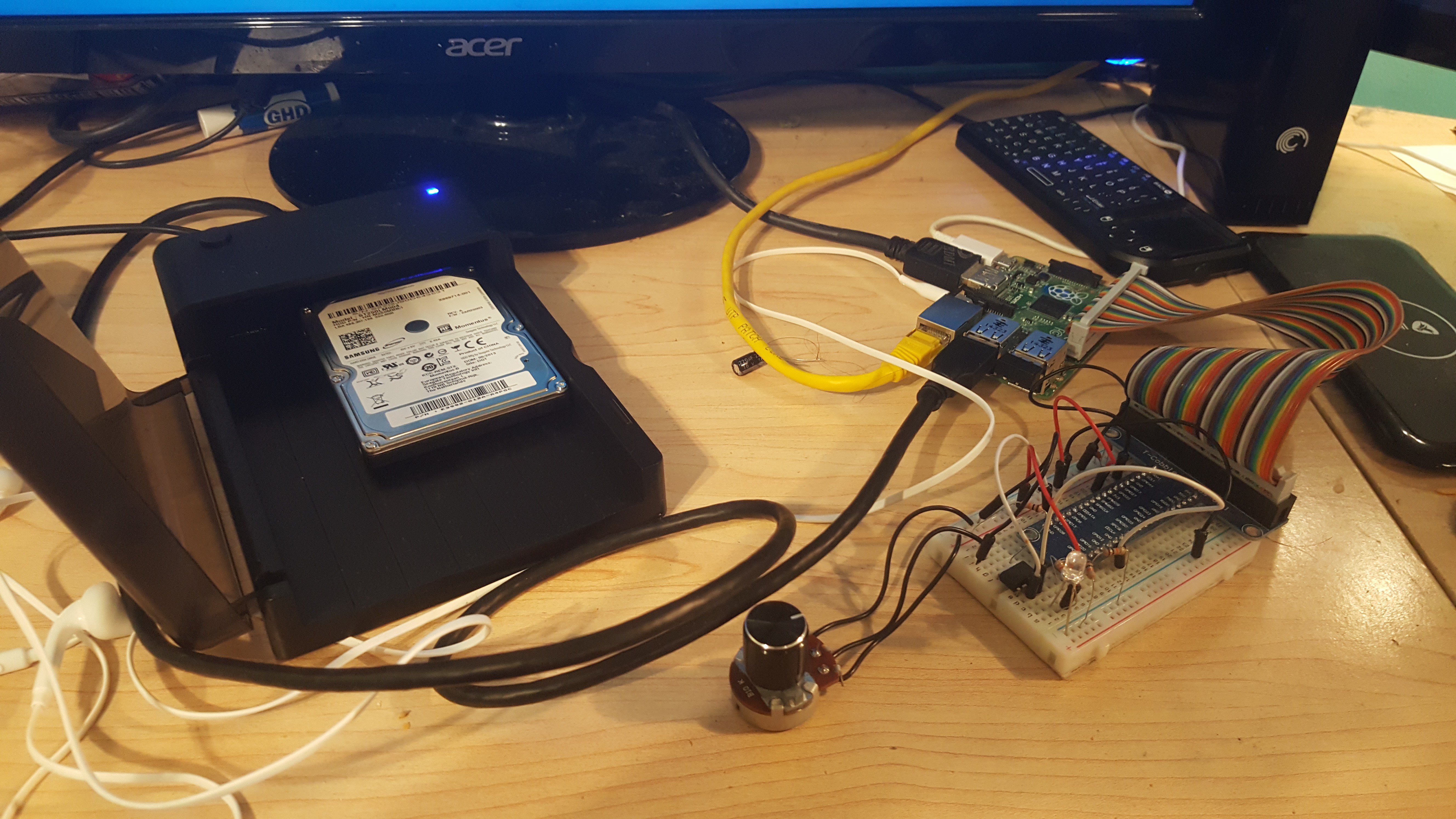
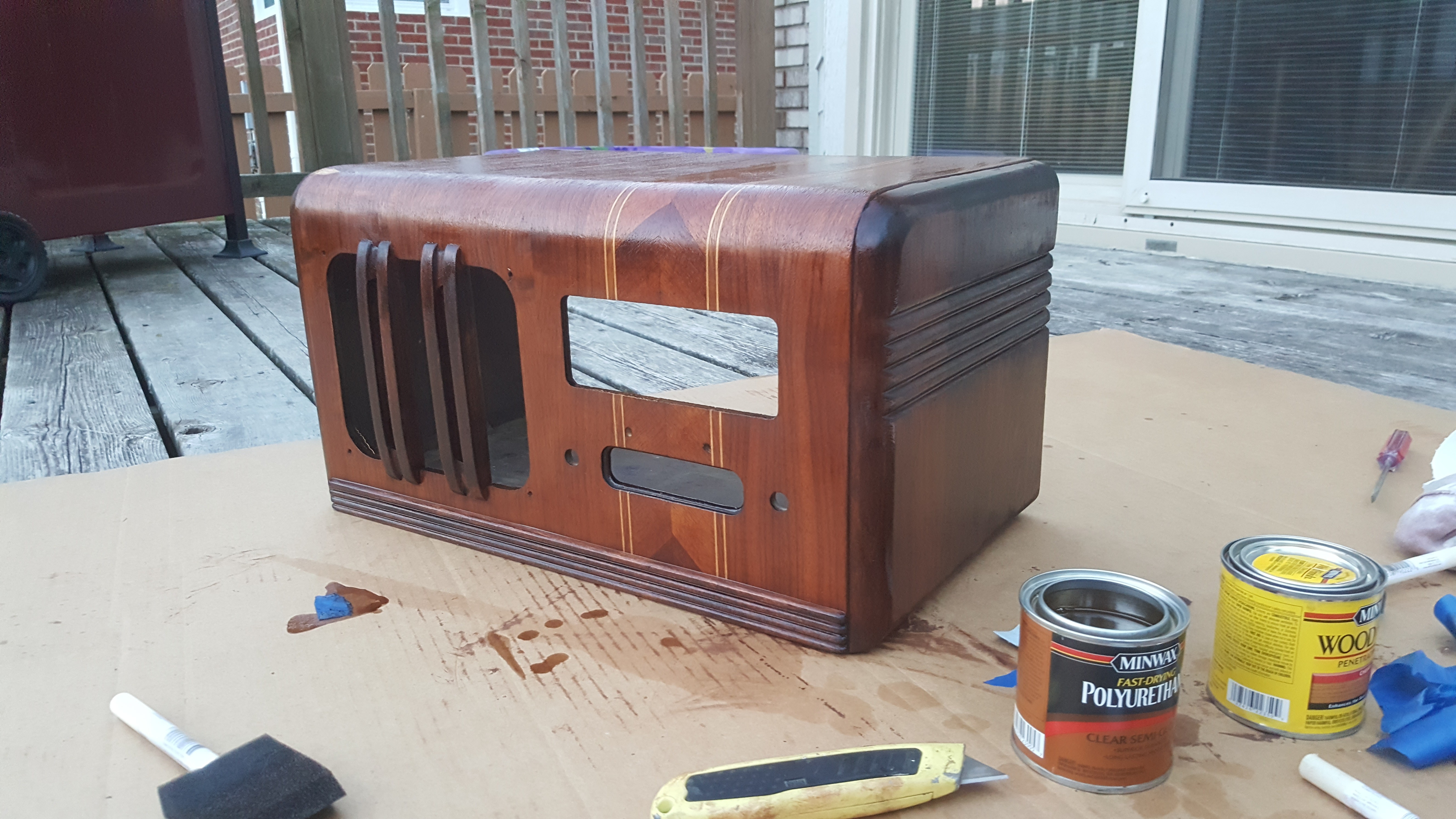
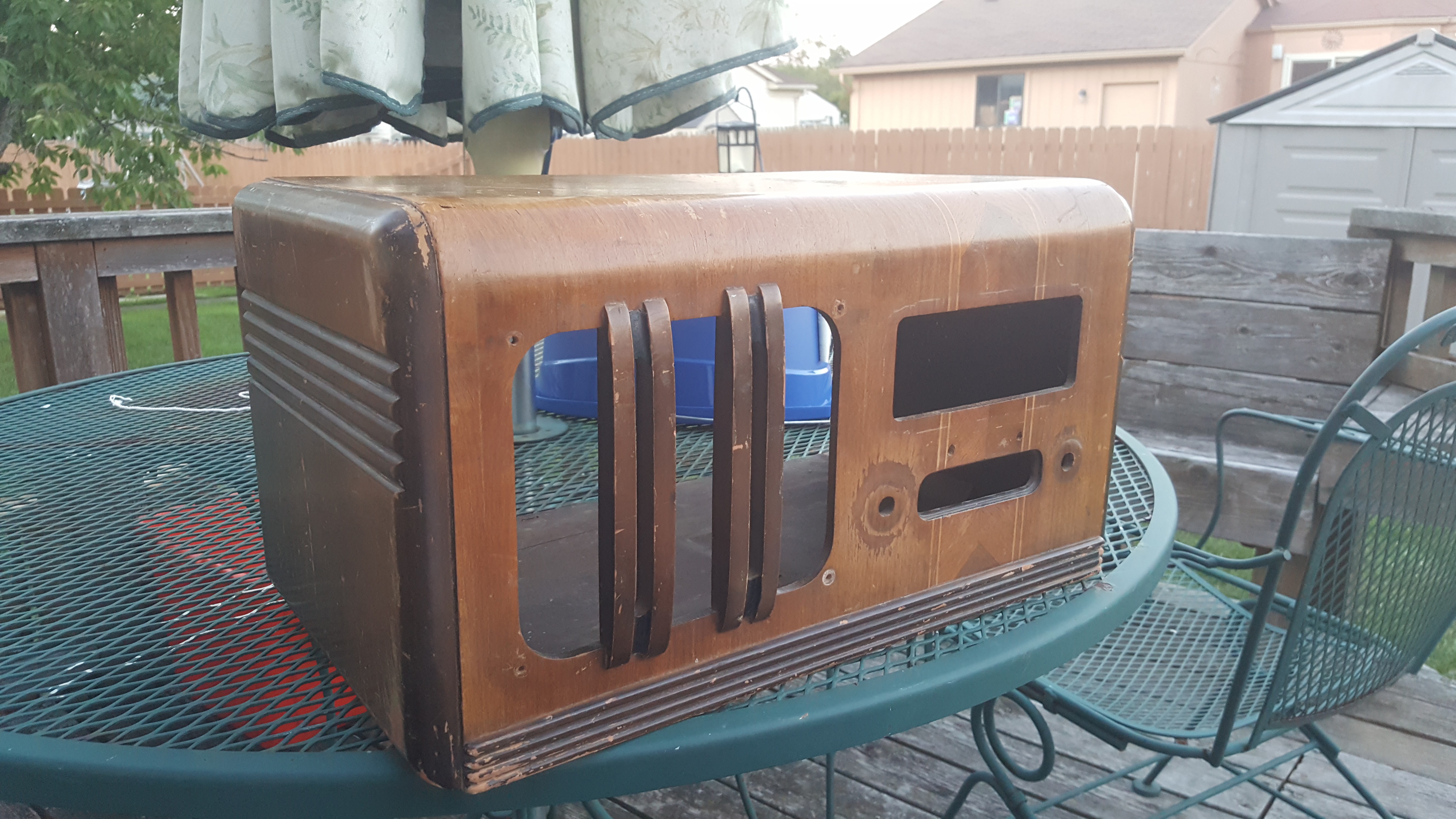

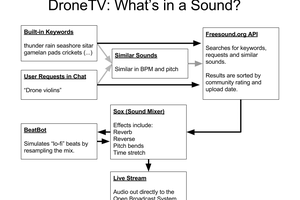
 Die, Master Monkey!
Die, Master Monkey!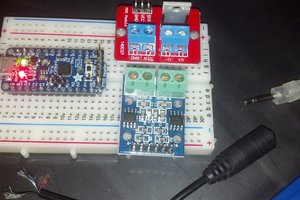
 Welsh Mullet
Welsh Mullet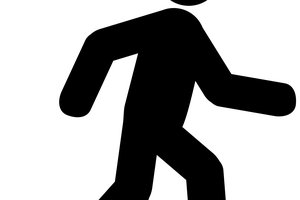
 Peter Walsh
Peter Walsh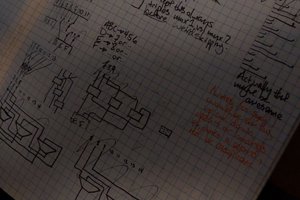
 Kal
Kal